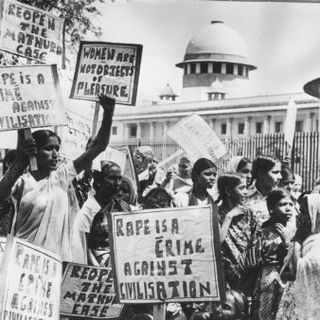India has never been known for its gender-equal participation in the labor force, but new statistics, previously withheld by the government, show how dire the divide has become: the labor participation rate among rural women, aged 15-59, fell by half over 15 years, from 49.4 percent in 2004-2005, to 24.6 percent in 2017-2018, according to the Periodic Labor Force Survey (PLFS) 2017-2018 by the National Sample Survey Office, and reported by The Indian Express,
The same NSSO report found that workforce participation among urban women saw a slight rebound of 0.4 percent since 2011-12, from its 2.2 percent drop in the six years prior.
Greater participation in education is one reason for the drop. As more and more women attain secondary education, their skills and aspirations increase — leaving them in limbo, rather than getting them a job. Too skilled for agricultural work (which is diminishing anyway), but not educated enough to be competitive for the few formal, paid jobs available in rural areas, these women fall through the cracks of the formal workforce, reported IDR.
Another part of it “is that fewer women are likely to remain in a shrinking job market where men have the upper hand,” an anonymous expert told The Indian Express.
Related on The Swaddle:
This is borne out by the numbers around jobs lost.
While the NSSO report showed a rise in salaried jobs in the formal sector for women between 2011-2012 and 2017-2018 — roughly 35 lakh more jobs for women across both urban and rural areas — it’s doubtful that the increase has been sustained; last week, Reuters reported an analysis by the Center for Monitoring Indian Economy that found that 90 percent of the 100 lakh jobs lost last year were held by women.
Ultimately, CMIE puts the overall female labor force participation rate in India at just 10.7 percent between May and August of last year.
Experts interviewed by The Indian Express blame “economic disruptions,” presumably such as demonitization and GST, for the downturn.
“When it comes to cost cutting, unfortunately, the women workers are often considered more dispensable,” another anonymous expert told The Indian Express.




